Application Guide: Concrete release agents in precast plants
Video tutorial: application of concrete release agents
Manual application of release agents
In order to produce high-quality precast concrete elements, various factors must be taken into account. In the production of standardized components (such as filigree slabs), the concrete release agents are often applied fully automatically to the formwork. In the case of complex formwork parts, however, the release agent must be applied manually. In order to achieve perfect results here as well, various points must be taken into account when preparing the formwork and applying the release agent.
On this page you can find an application guide with which you can master the typical challenges when applying concrete release agents. The video tutorial on the left-hand side summarizes these instructions compactly. This is also well suitable as a training video for employees involved in the manual application of concrete release agents.
Before use: prepare the formwork
Dirt on the formwork impairs the effectiveness of the concrete release agent. Therefore, the formwork should first of all be cleaned of concrete residues and other dirt. Adhesions can be easily removed with a steel brush and scraper. Minor dirt can be easily removed using steel wool. Then dust and the loosened concrete residues should be removed from the formwork. To avoid dust formation due to sweeping, the surface can be additionally vacuumed. The cleaner the formwork before application of the release agent, the better the concrete surfaces and the lower the cleaning effort after the formwork has been removed.
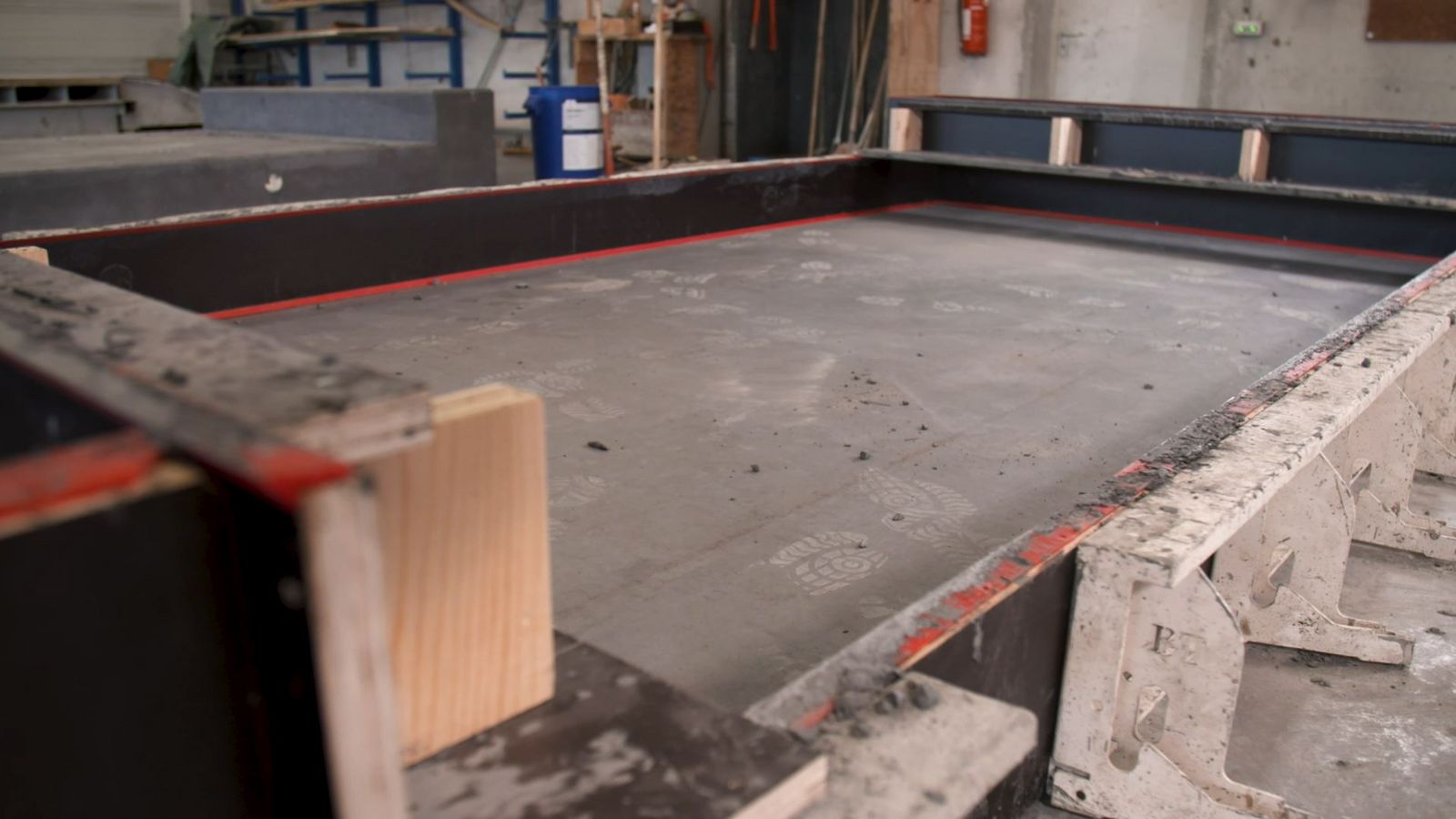

loosen adhesions using a steel brush and a scraper
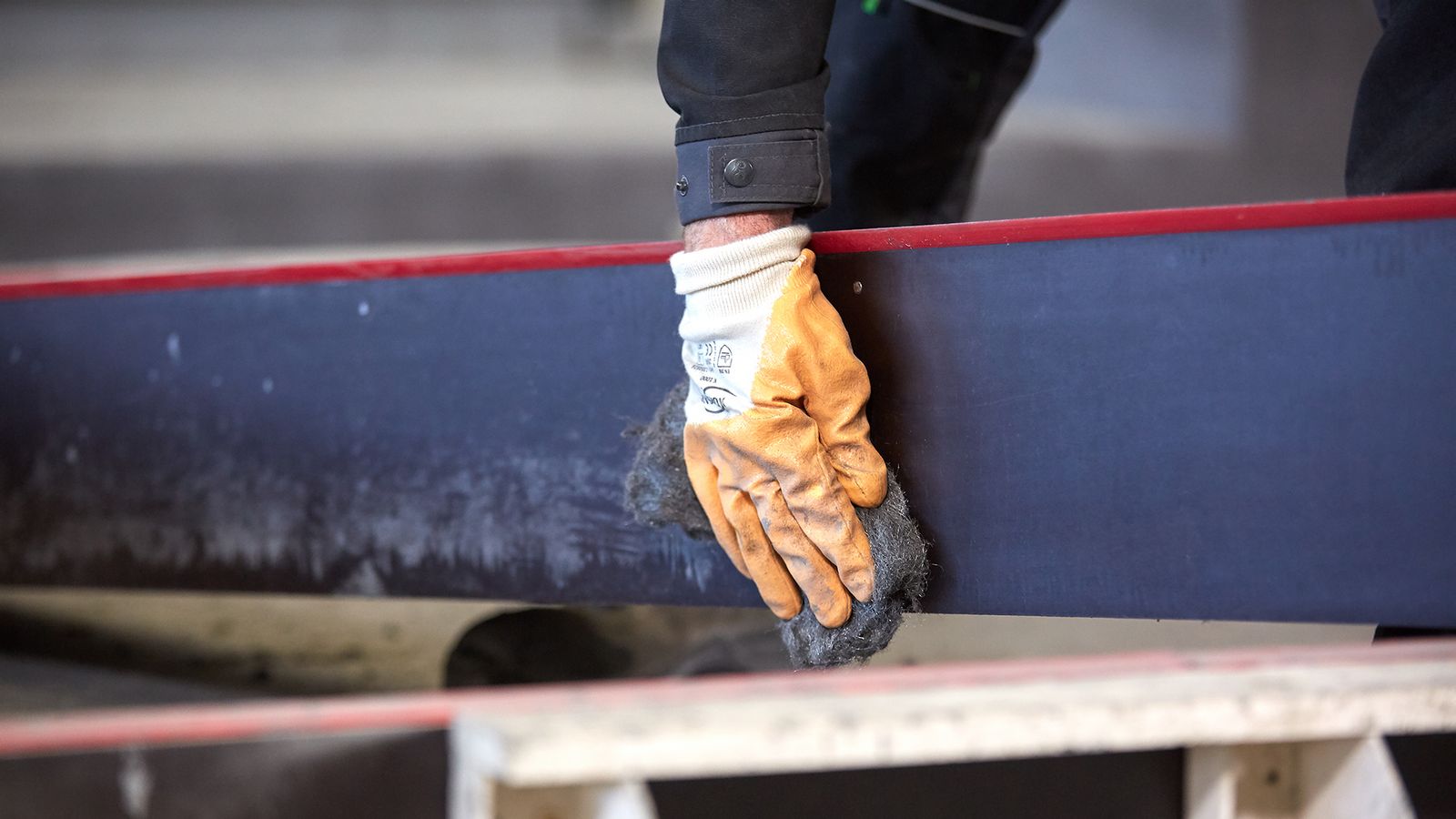
Use steel wool for minor dirt
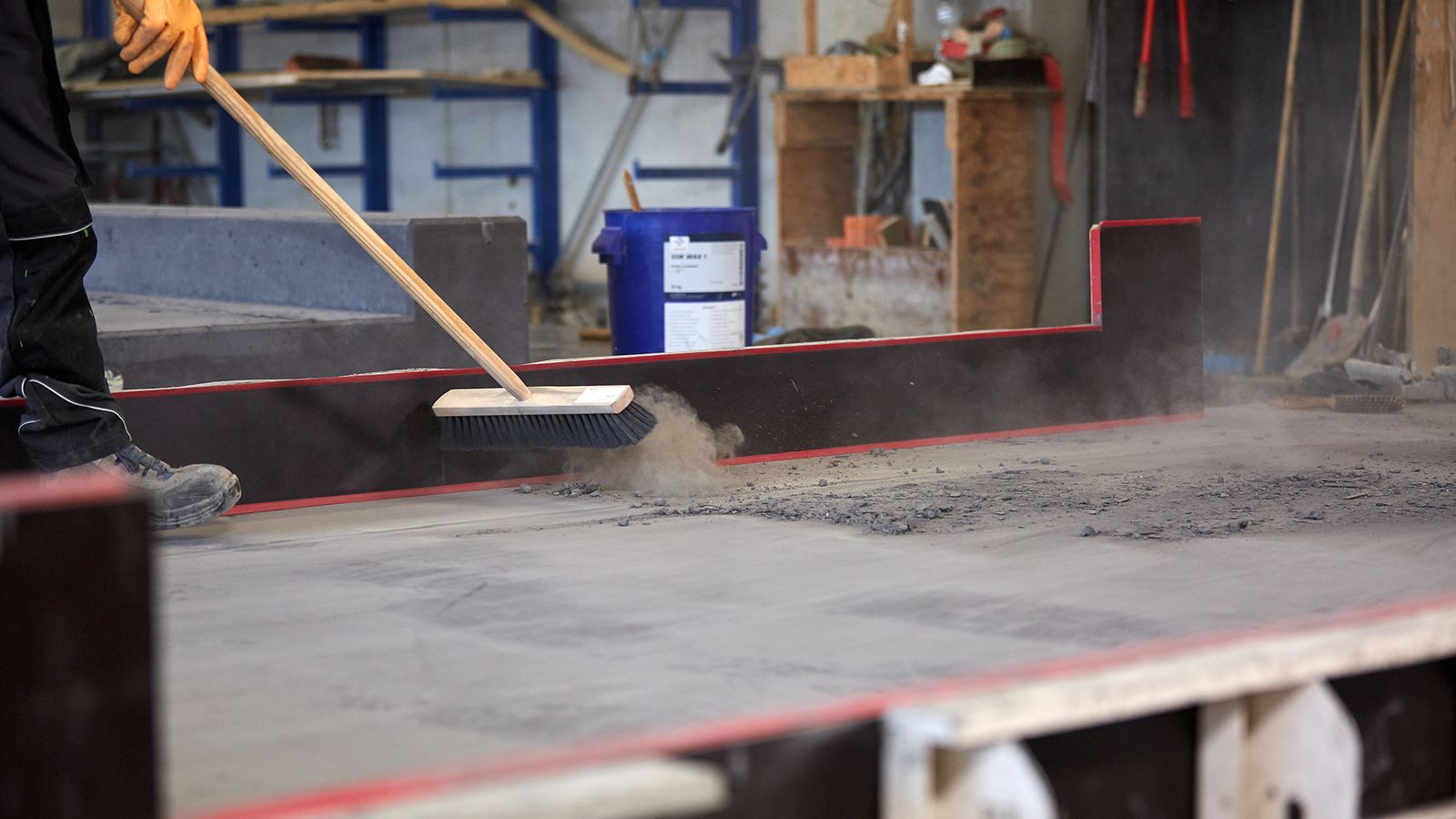
Remove dust and loosened concrete residues from the formwork

Surface can also be vacuumed to avoid dust formation
Checklist: What should be considered BEFORE applying concrete release agent?

Wear appropriate safety equipment: long sleeves, pants, safety glasses, suitable gloves
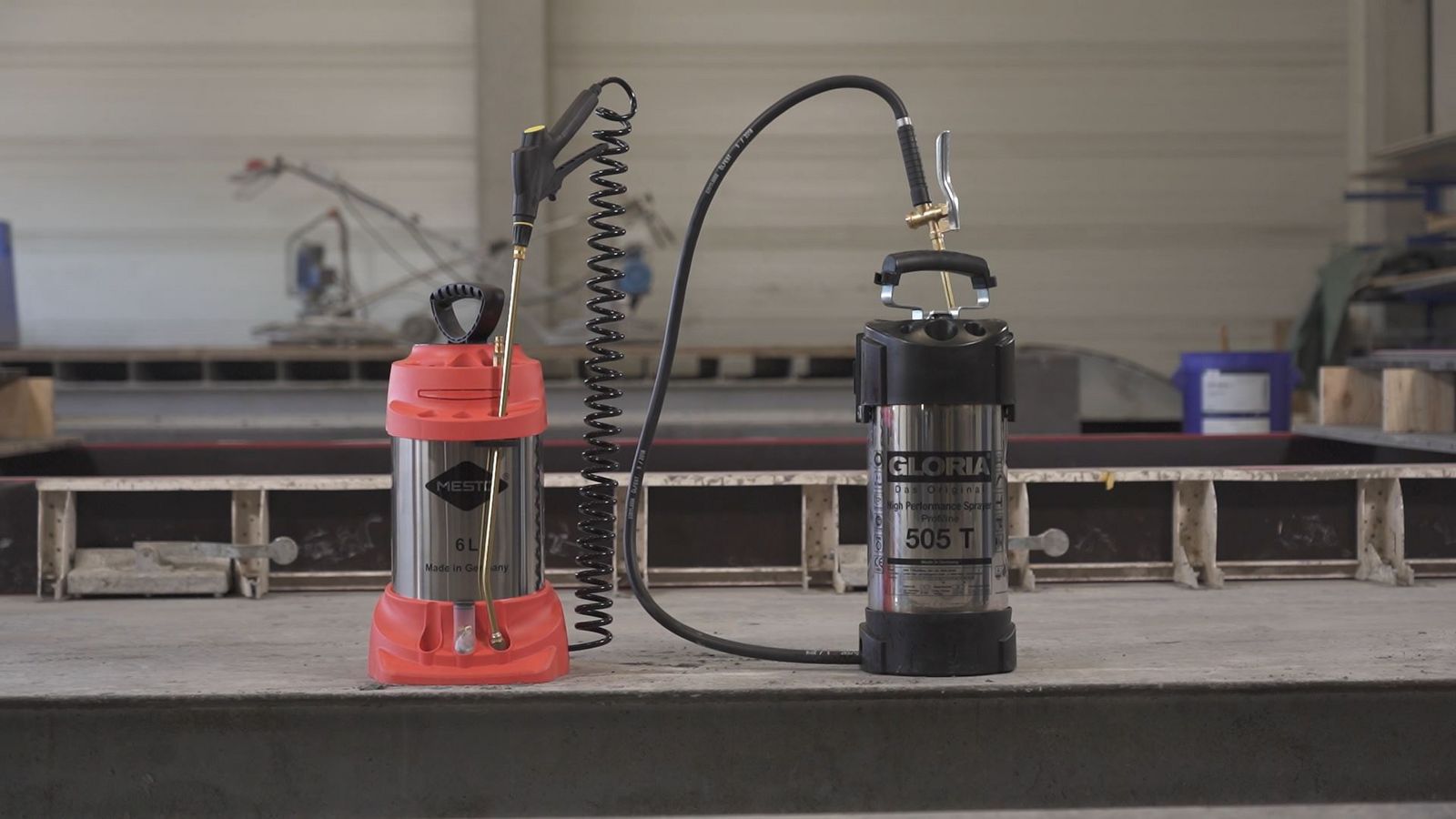
Use an oil-resistant spraying device with a stainless-steel container
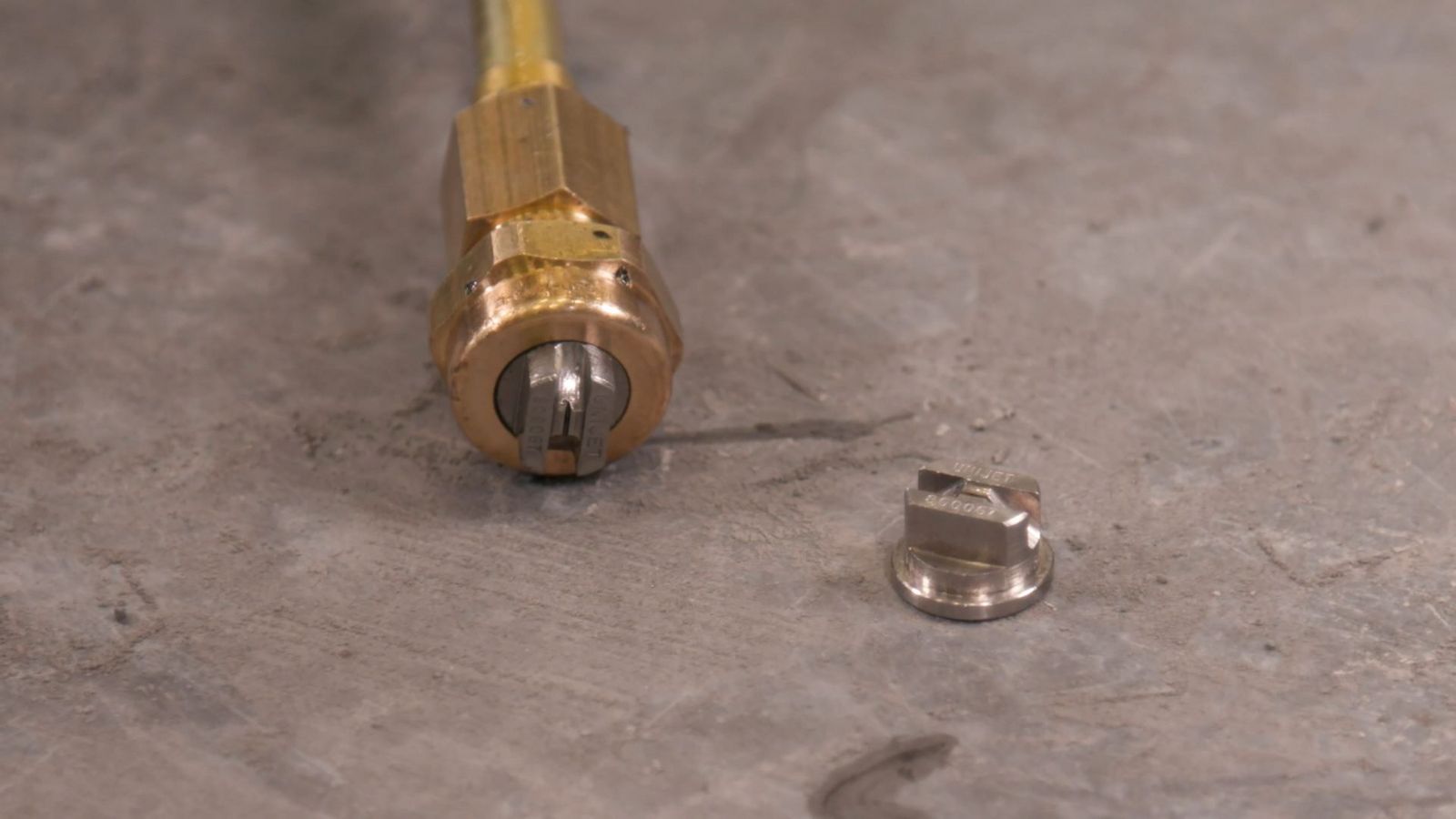
For an optimum spray pattern: use a stainless-steel flat spray nozzle
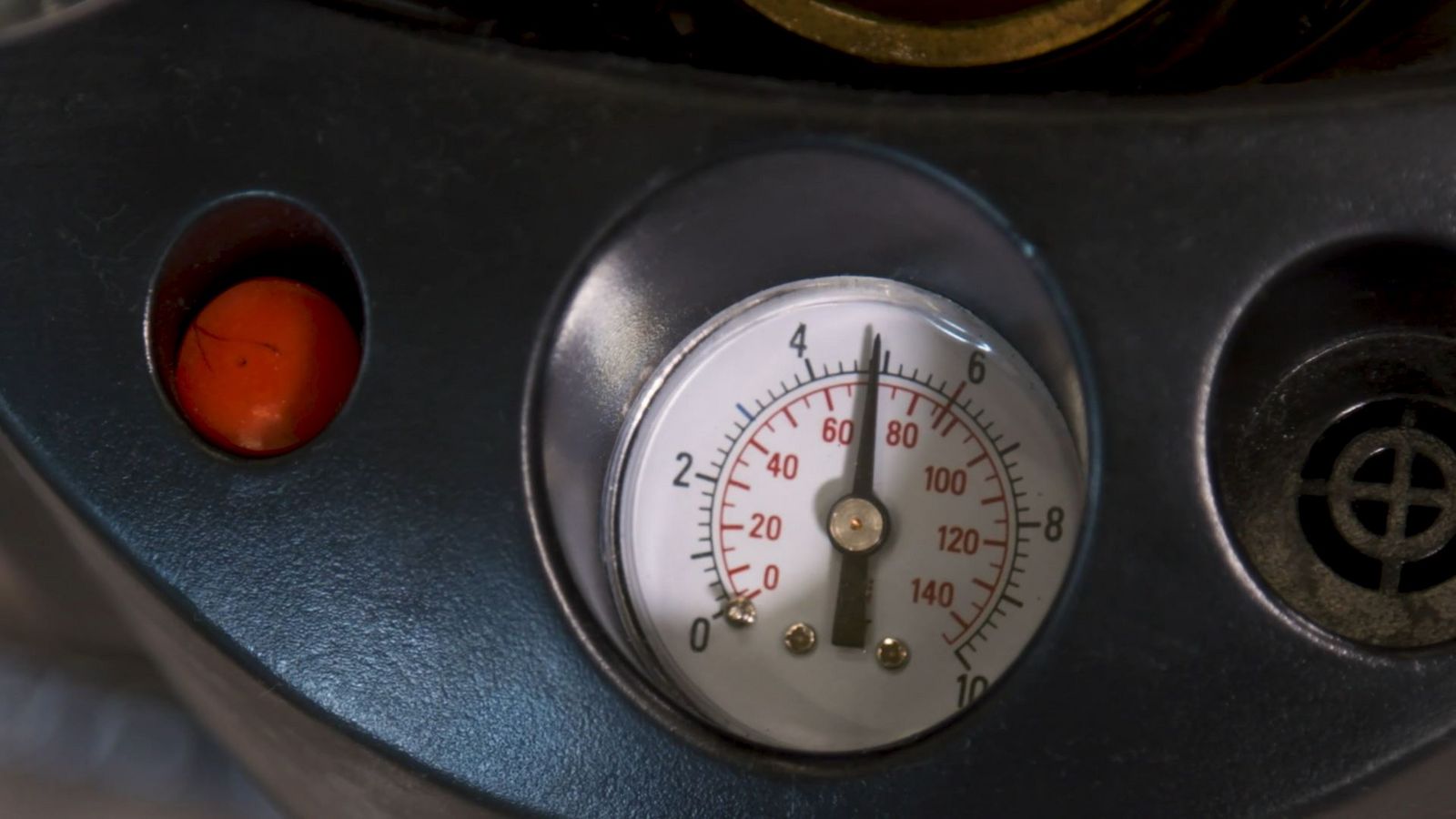
Ideal spray pressure: 4 to 6 bar
Applying release agent: this is how you should proceed
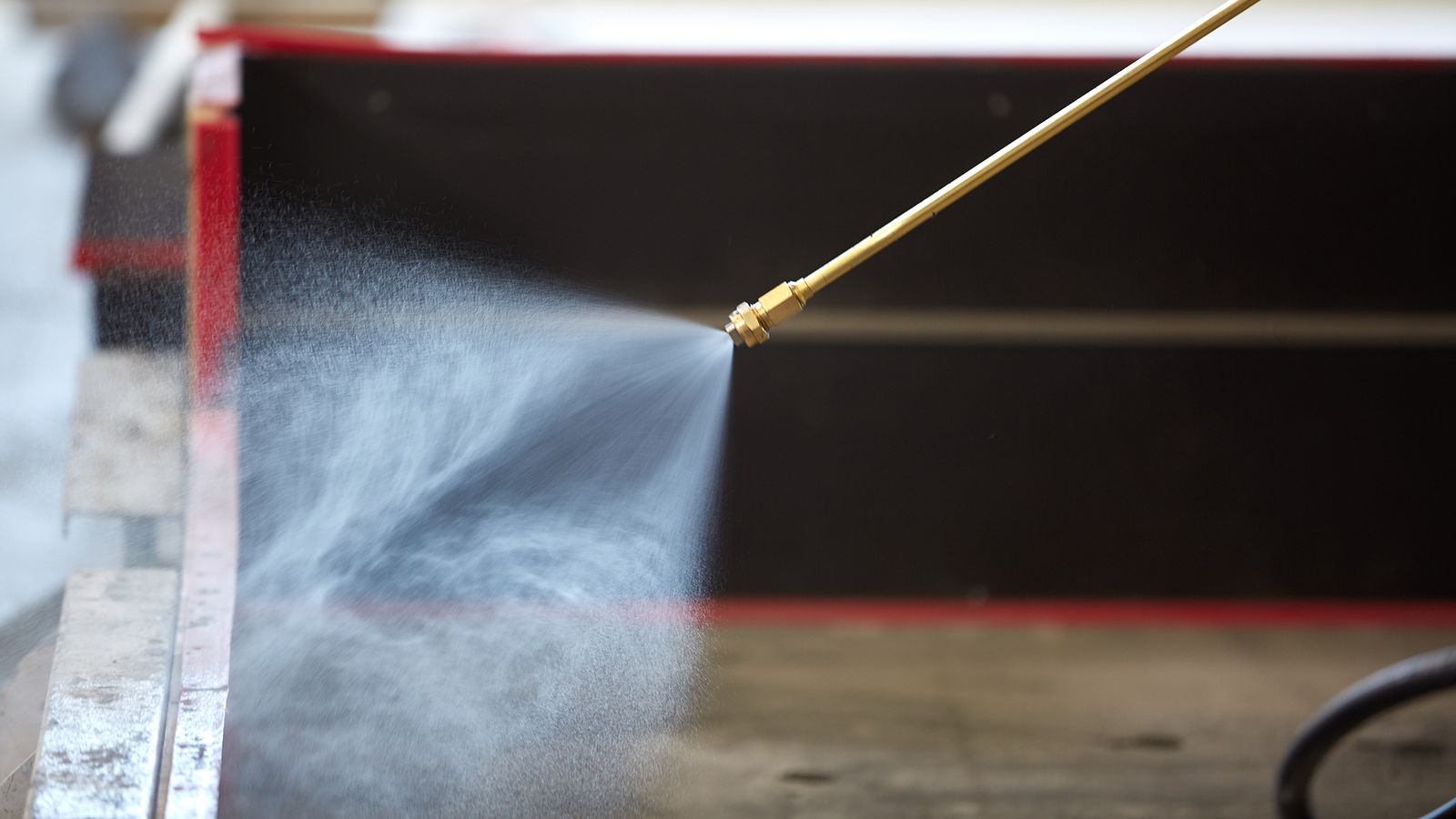
Spray vertical surfaces first
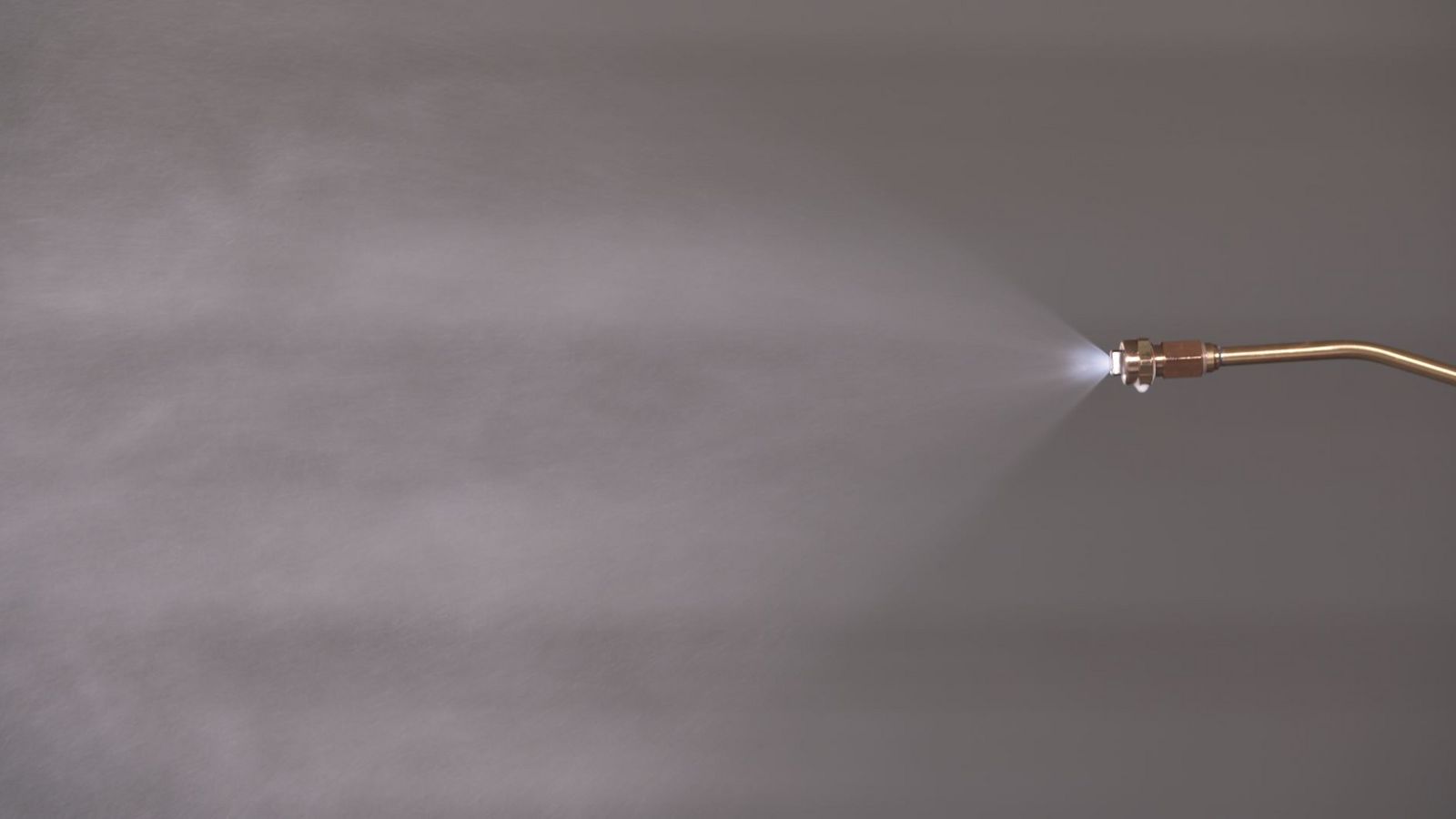
Make sure that the spray pattern is uniform
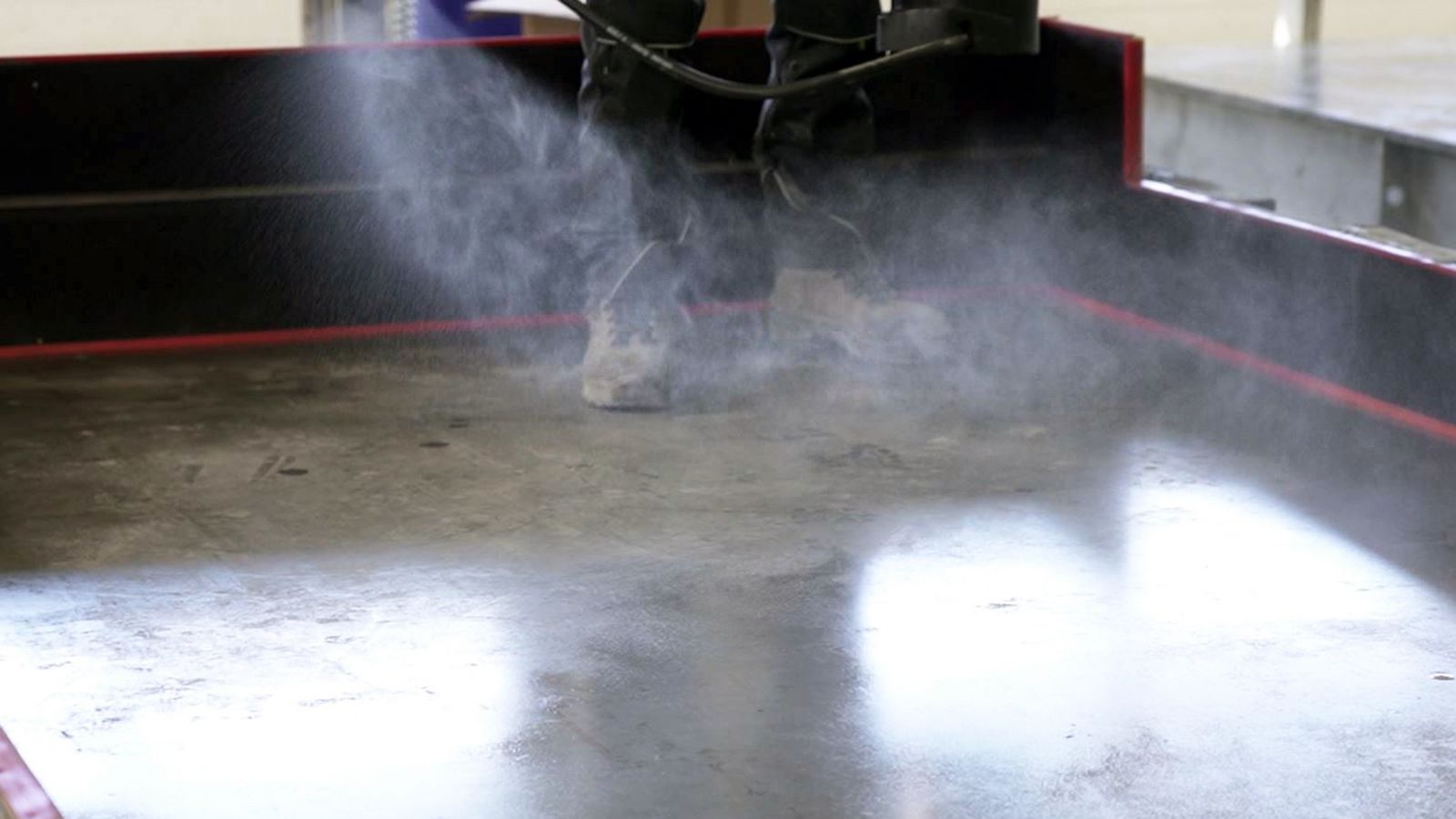
Finally spray the horizontal surfaces
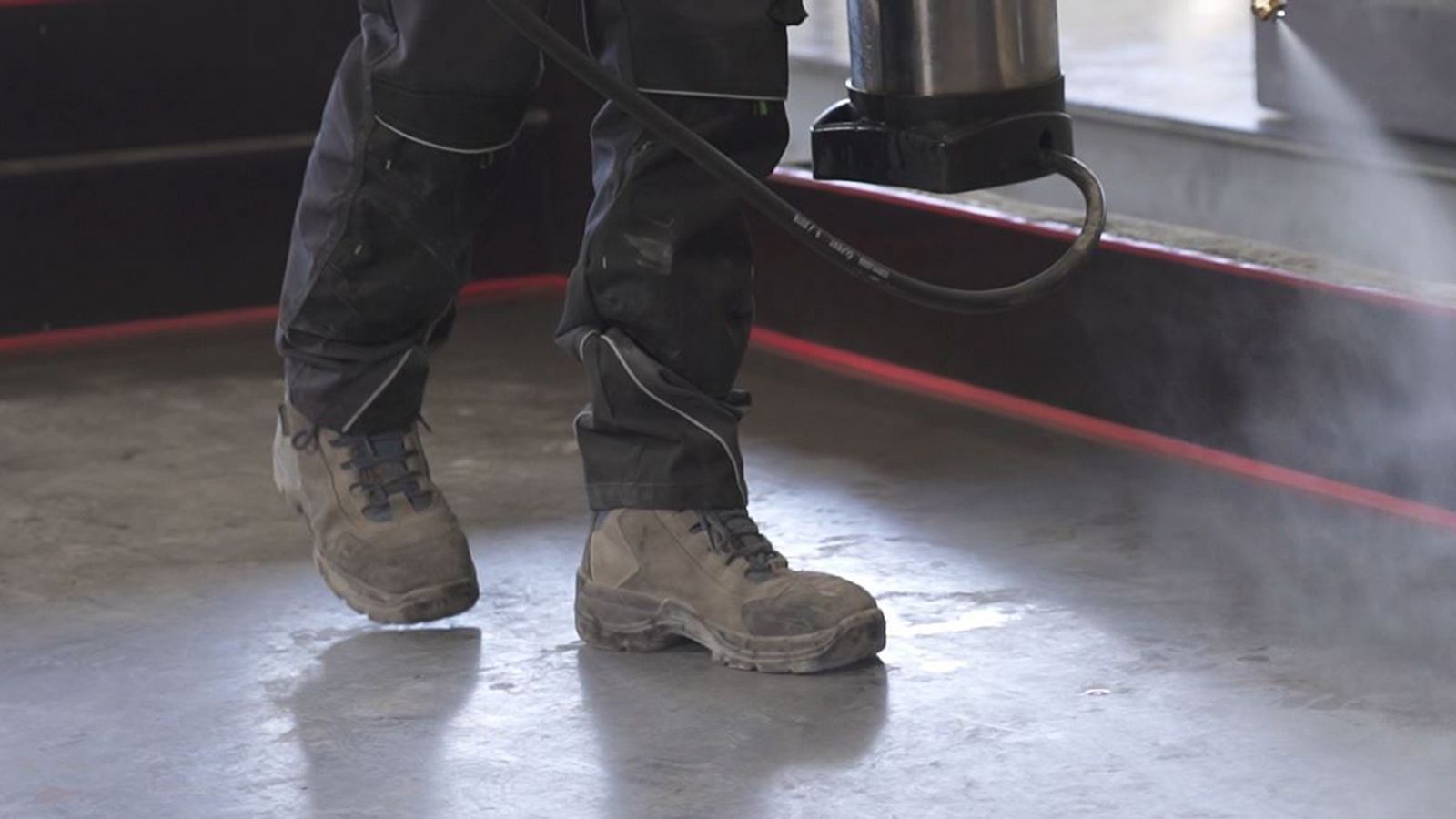
Walk backwards when spraying the formwork, to avoid footprints
Release agent wax: for complex formwork shapes
Some precast concrete parts have to meet high demands in terms of their shape. For some components, complex formwork shapes have to be made or chamfer strips or recesses have to be integrated in some places. In these cases, the formwork should be additionally pretreated with release wax to ensure that it can be released without problems even in the most demanding areas.
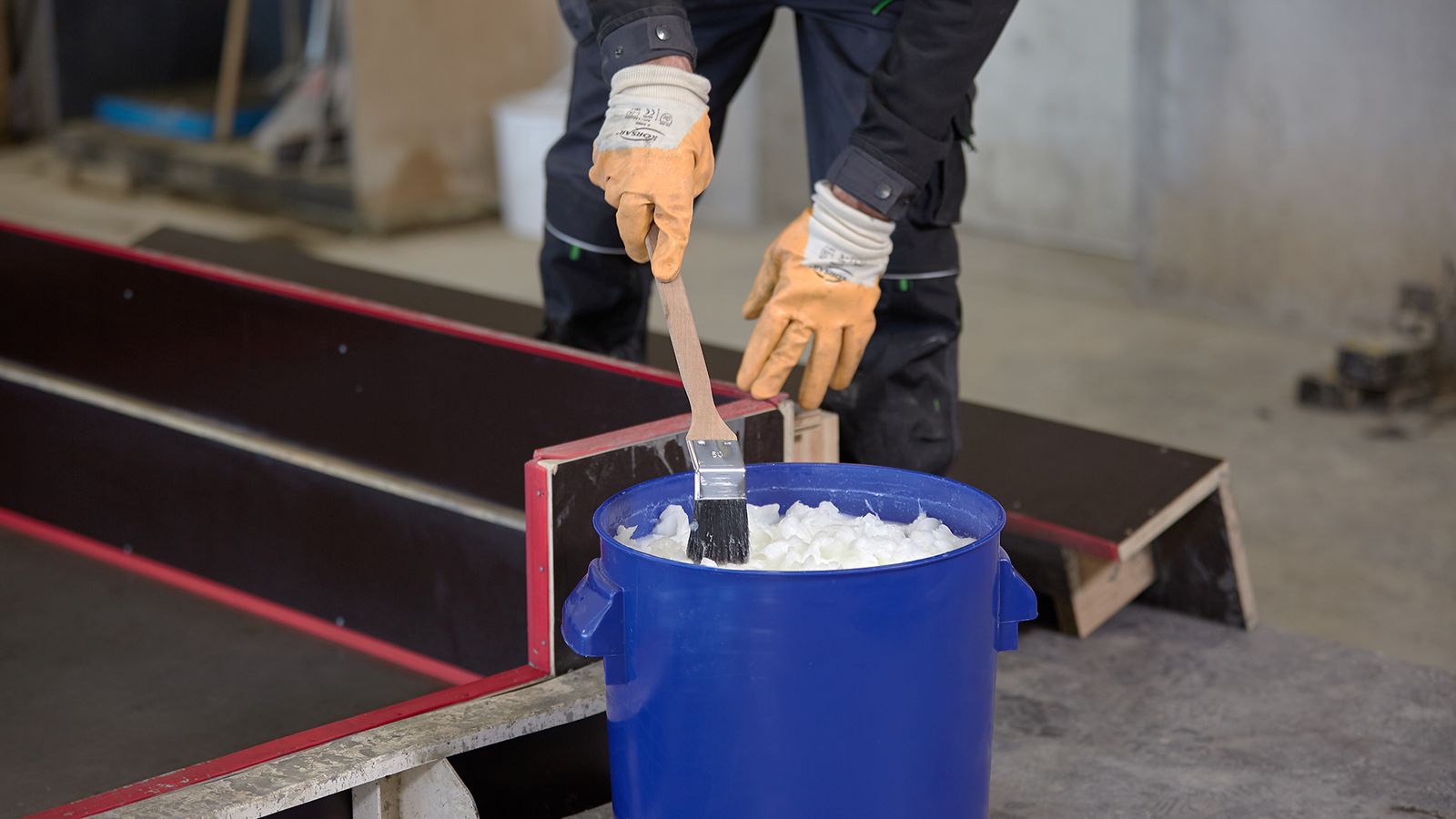
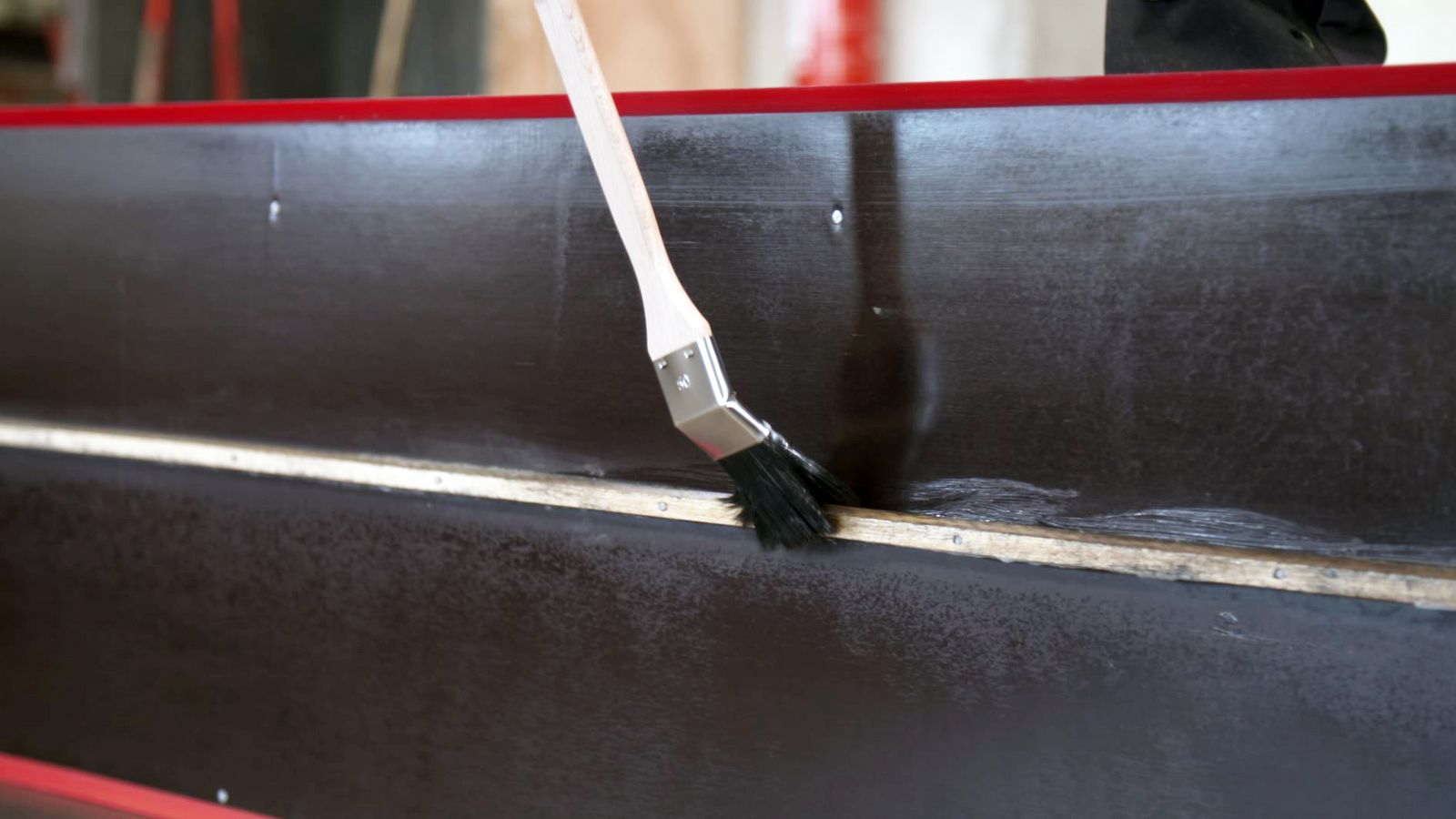

How much release agent must be applied?
It is probably the most frequently asked question: What is the optimum amount of release agent to achieve the best possible result? The motto here is "less is more" instead of "more helps more". Overdosing leads to a worsening of the result due to a large number of chemically separating substances. This creates residues on the formwork, which requires increased cleaning effort. In addition, there are more pores and cavities that have to be reworked at great expense.
The following instructions will help you to ensure optimum concrete release agent application.
Avoid overdosing
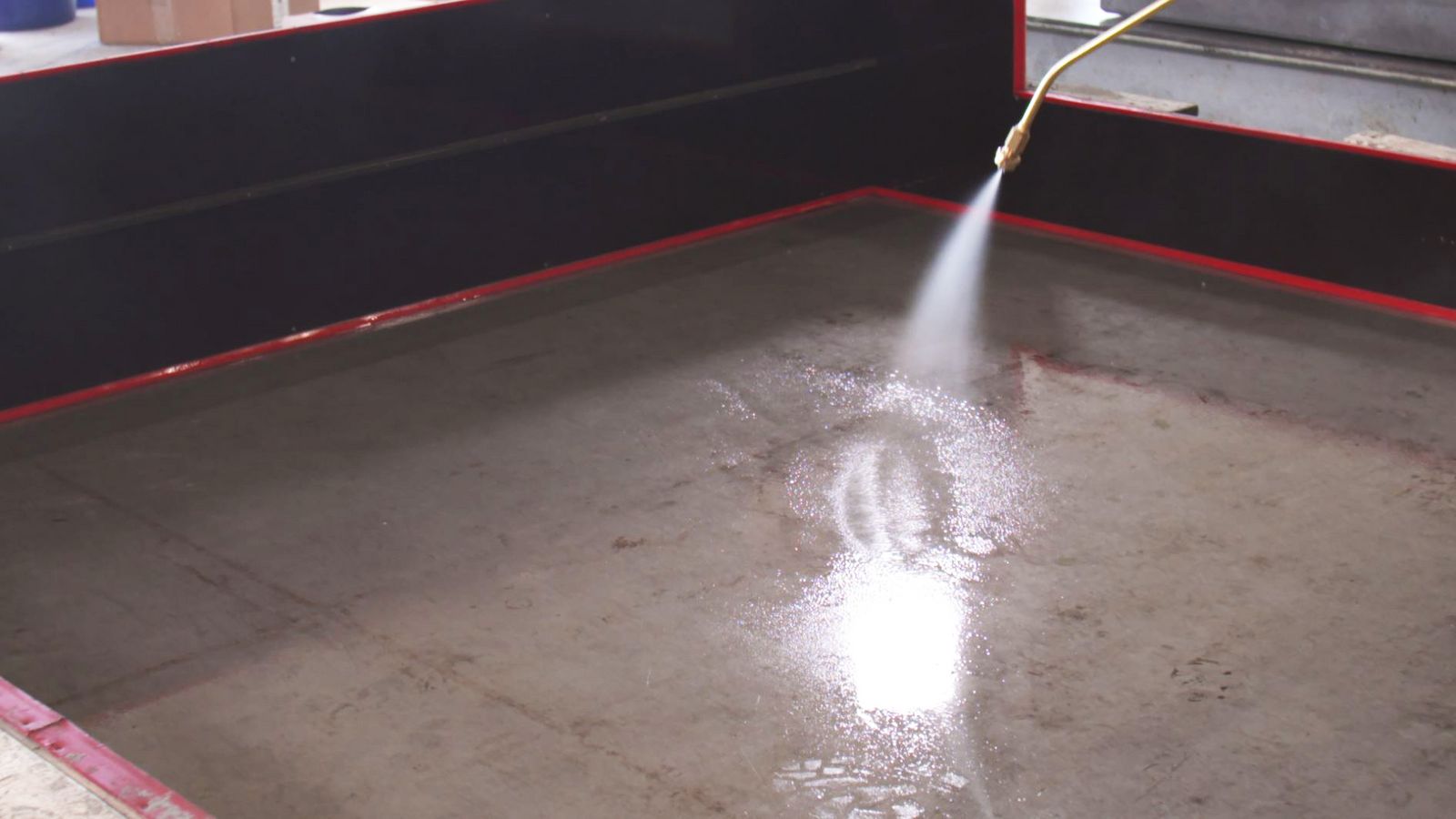
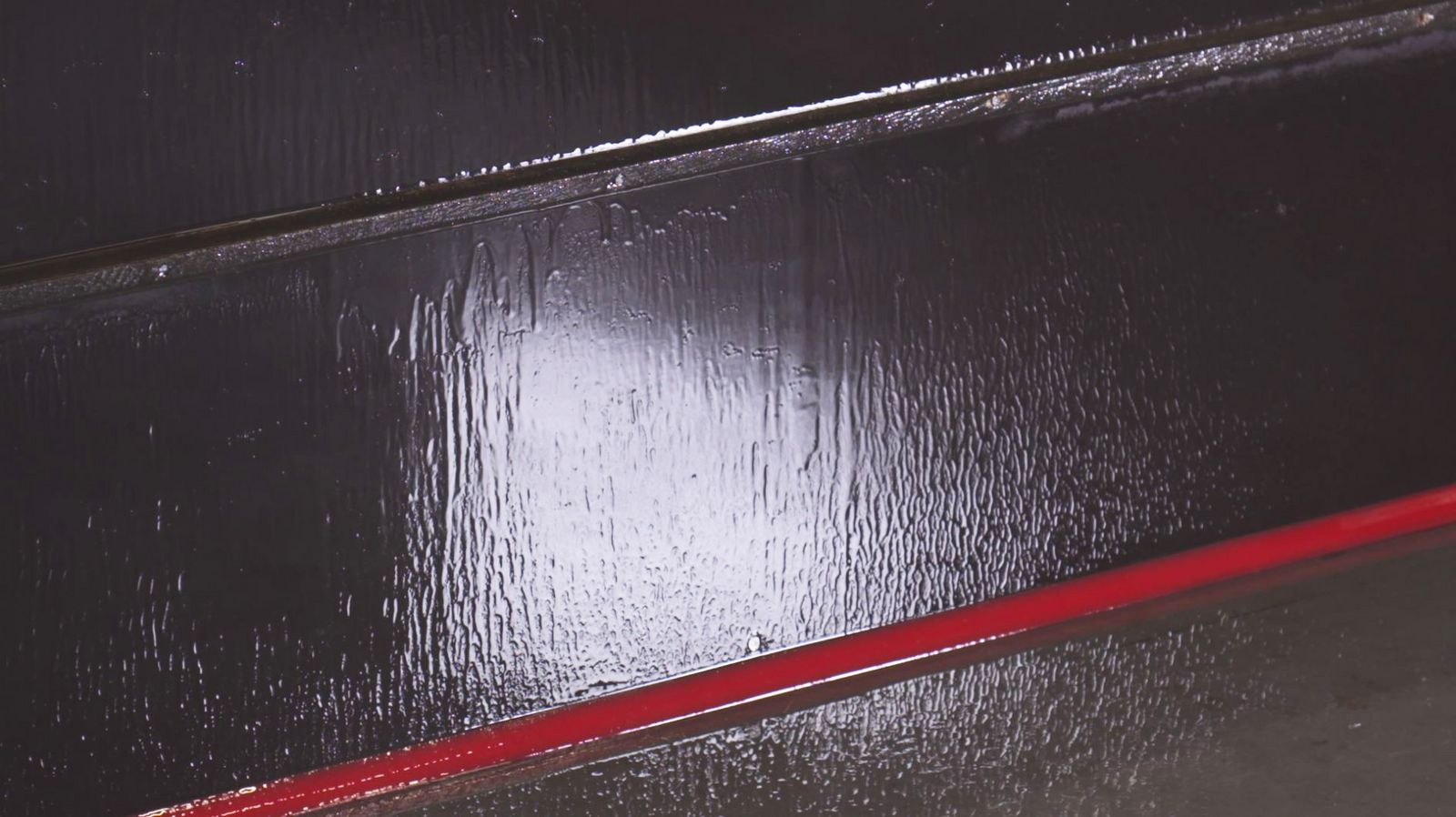
Avoid overdosing the release agent (e.g. puddles or streaks)
Applied too much? Just wipe it off!
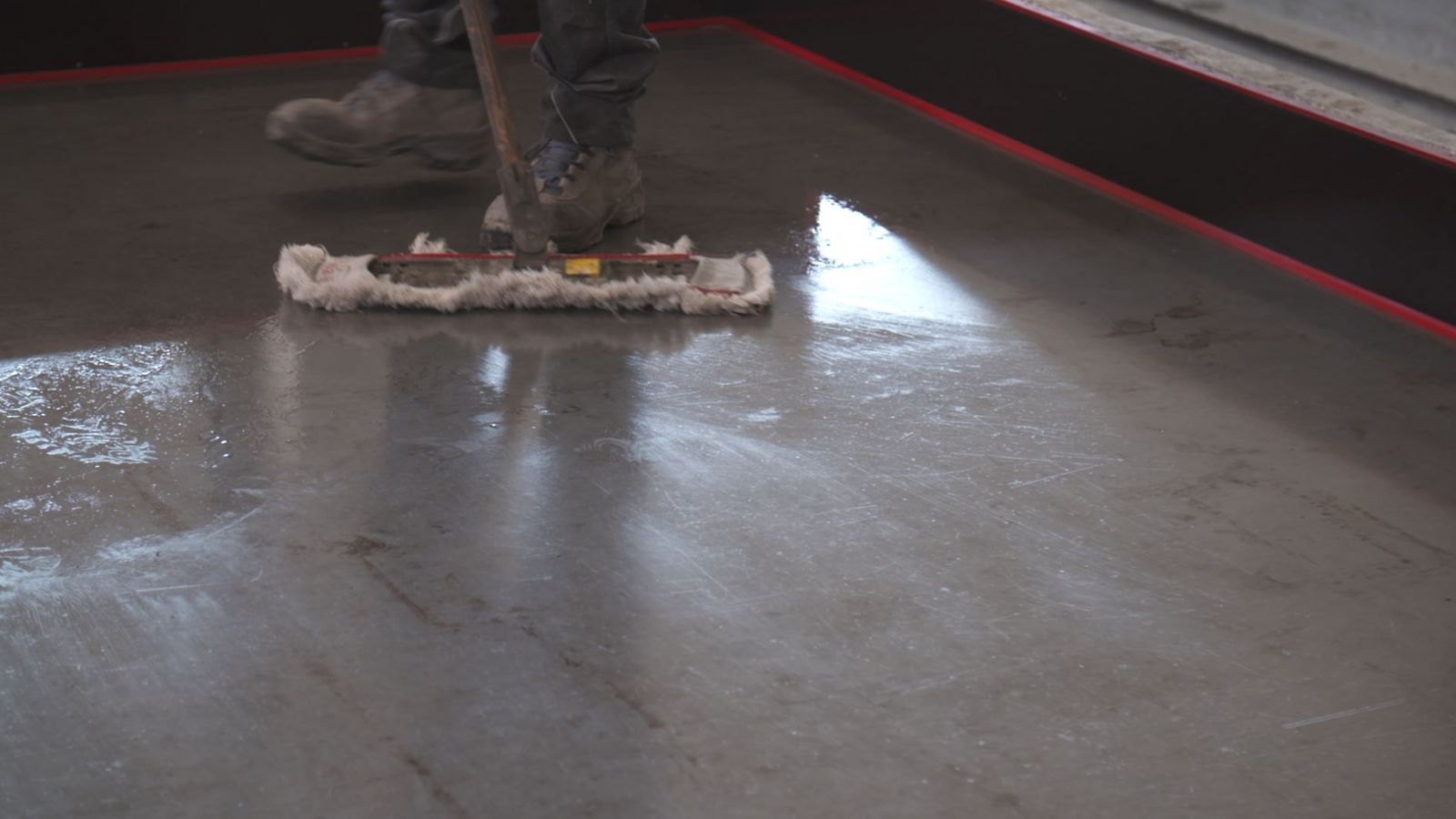
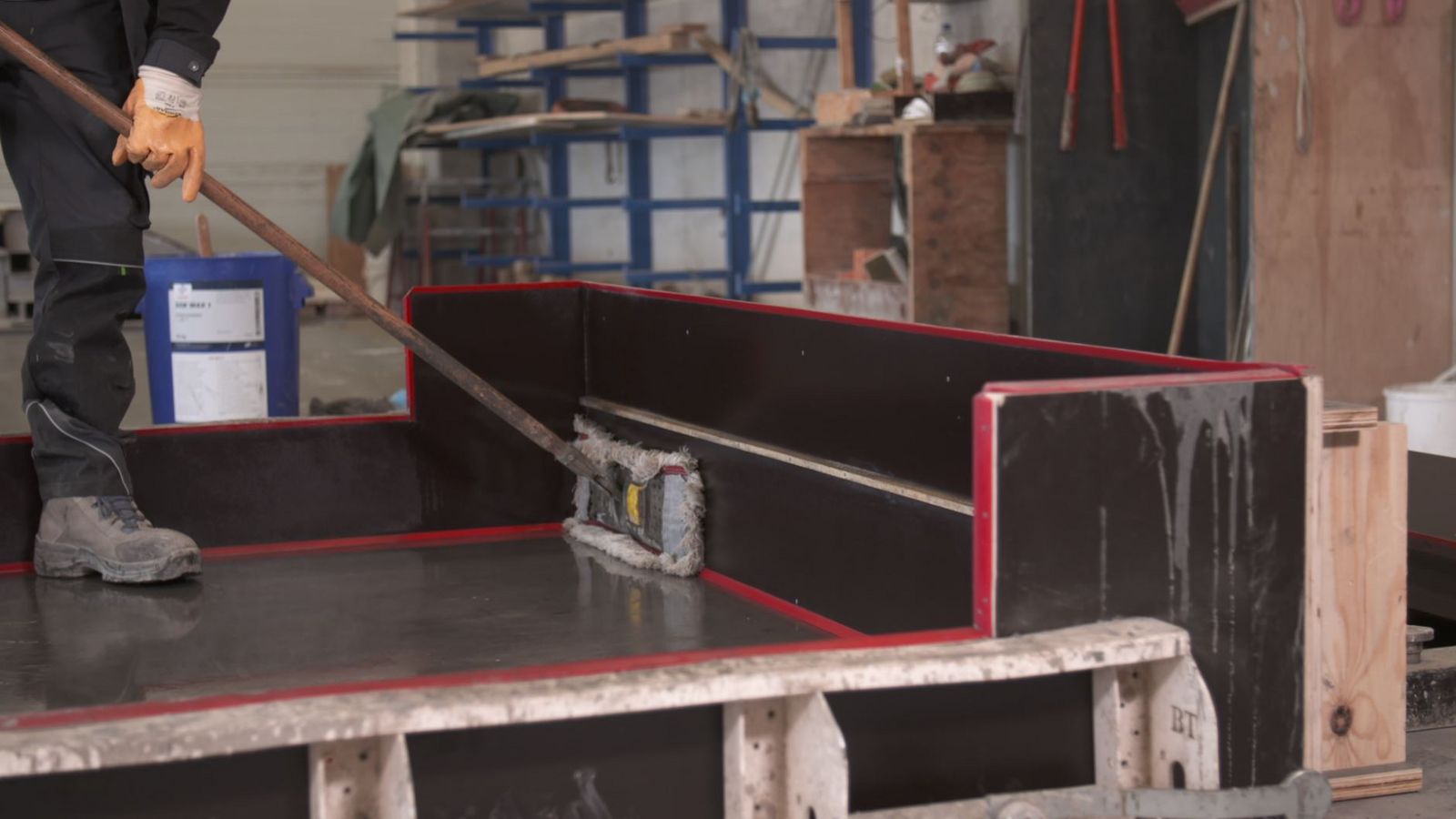
Has too much been accidentally applied? No problem! Simply wipe the formwork with a mop. After that, the formwork is ready for concreting.
Additional tips to keep in mind
Do not walk over pre-treated formwork
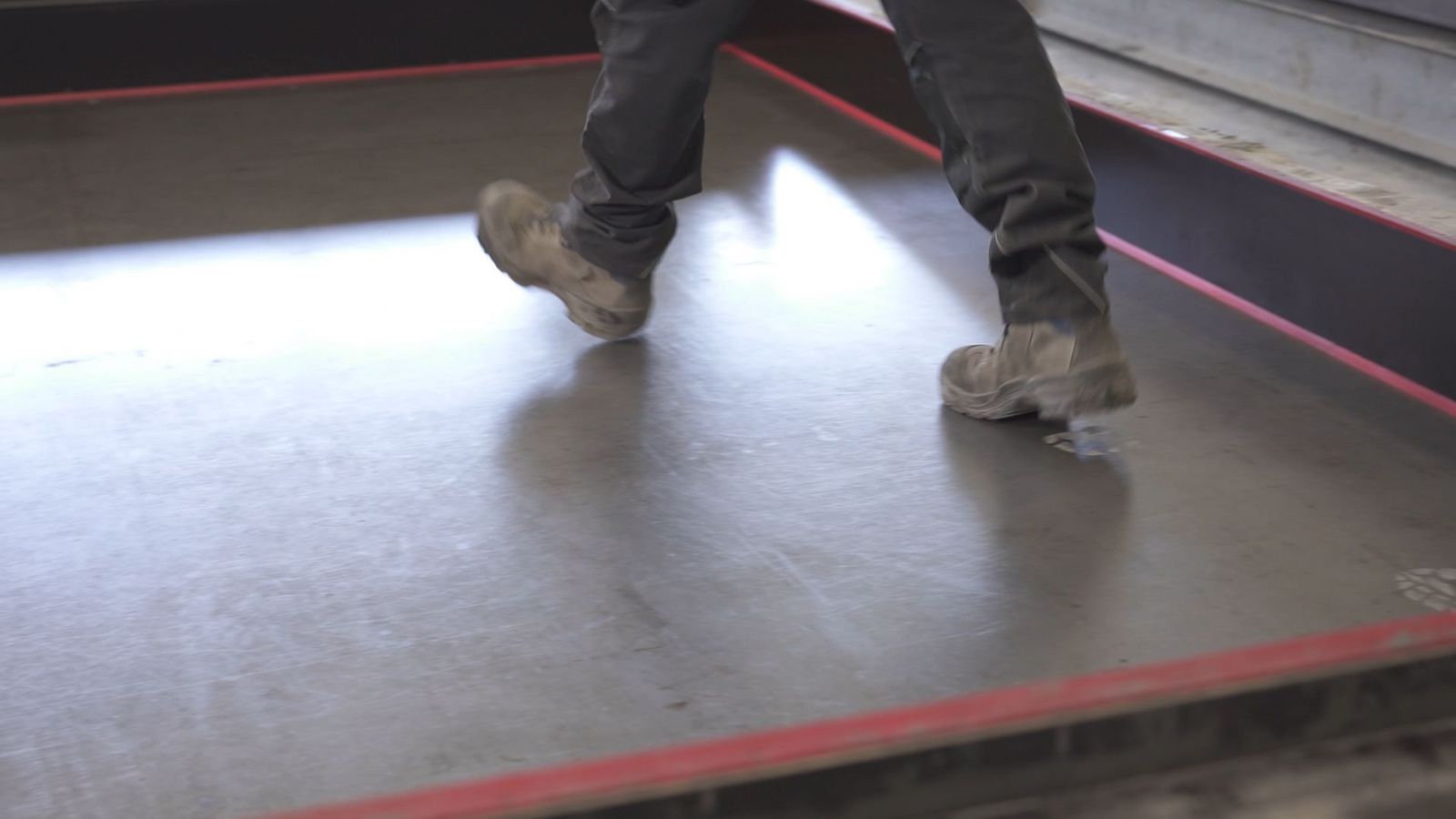
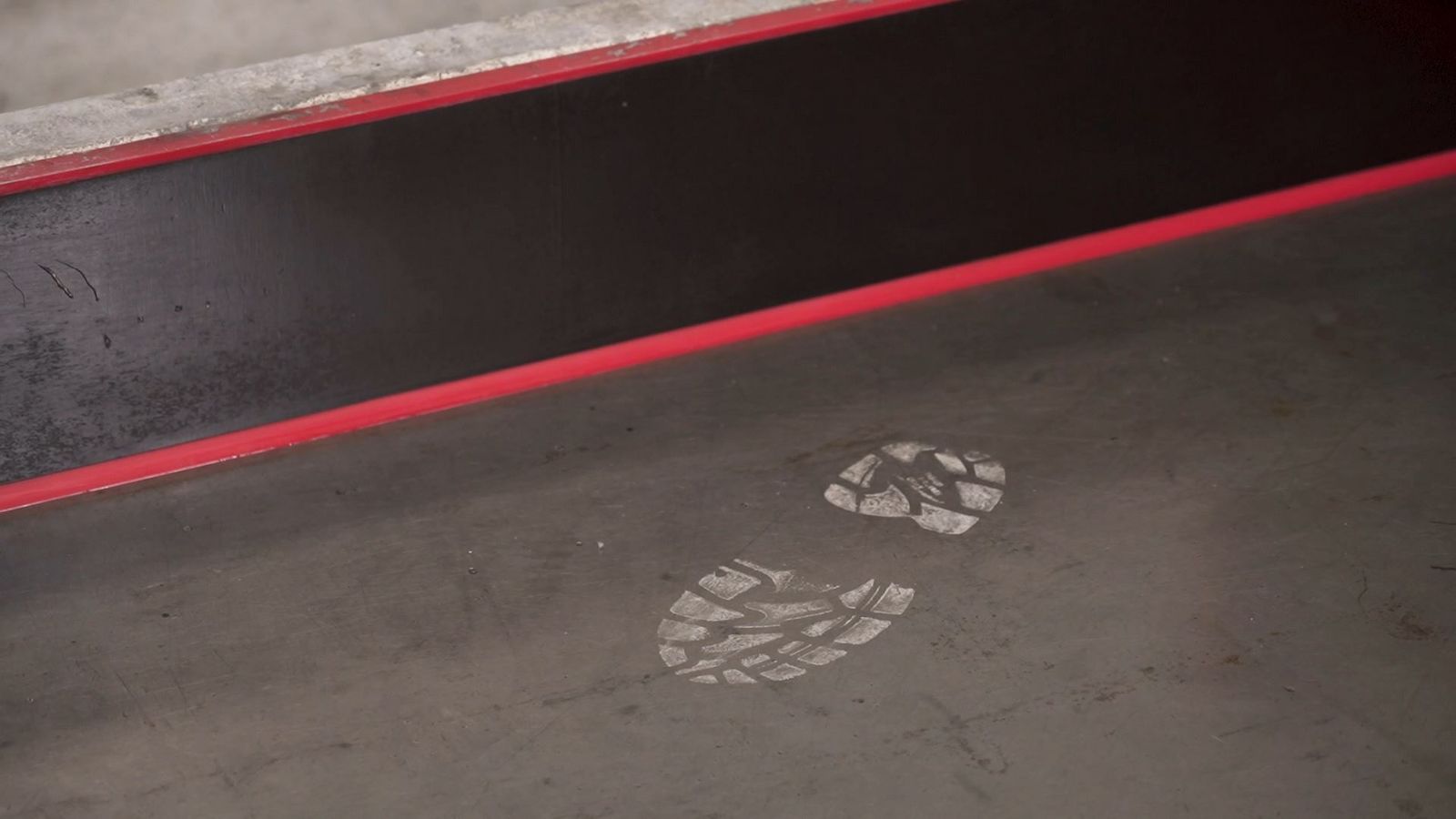
Avoid walking over surfaces that have already been sprayed. The footprints may be visible on the later component.
Use of release agent emulsions
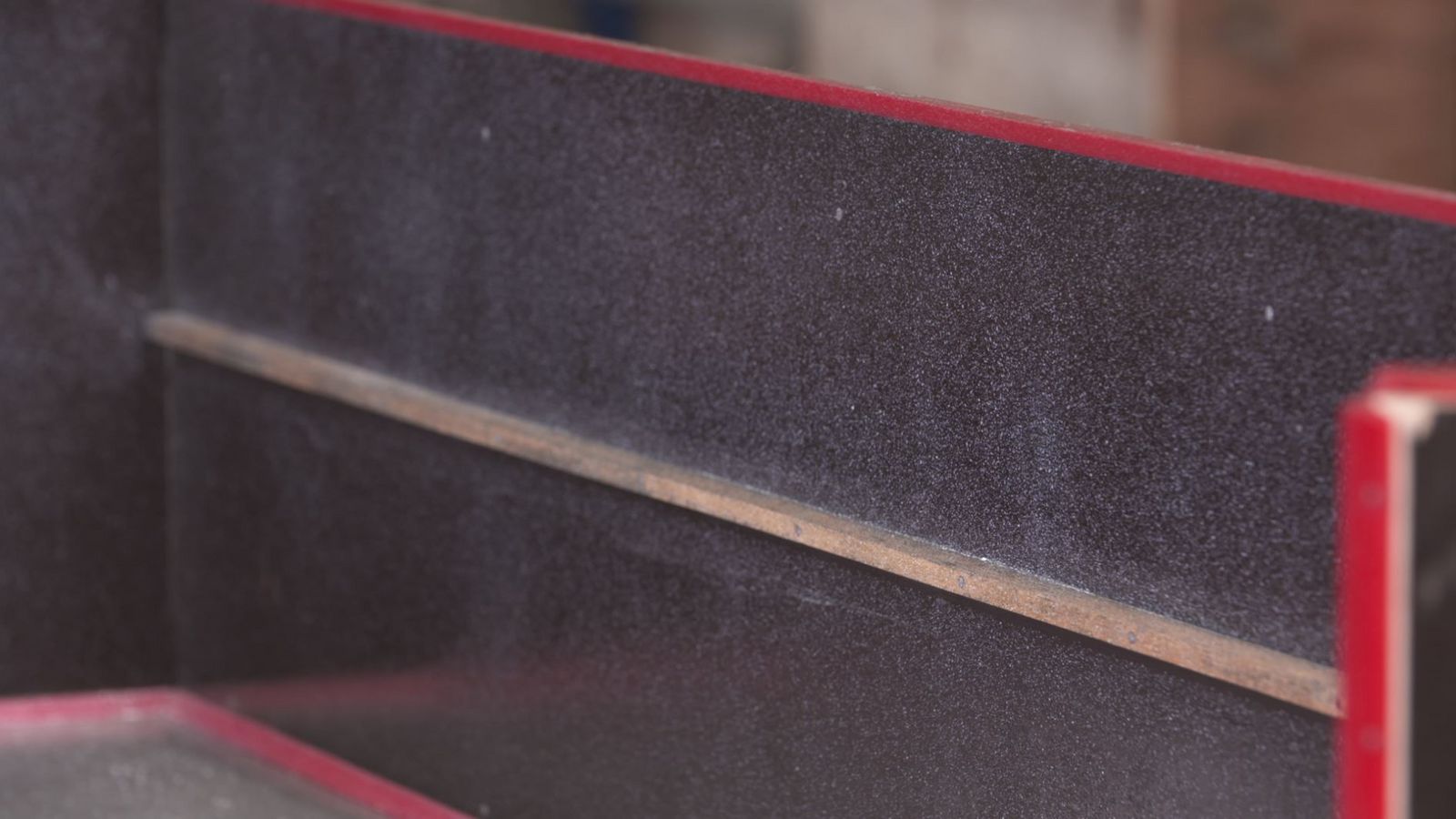
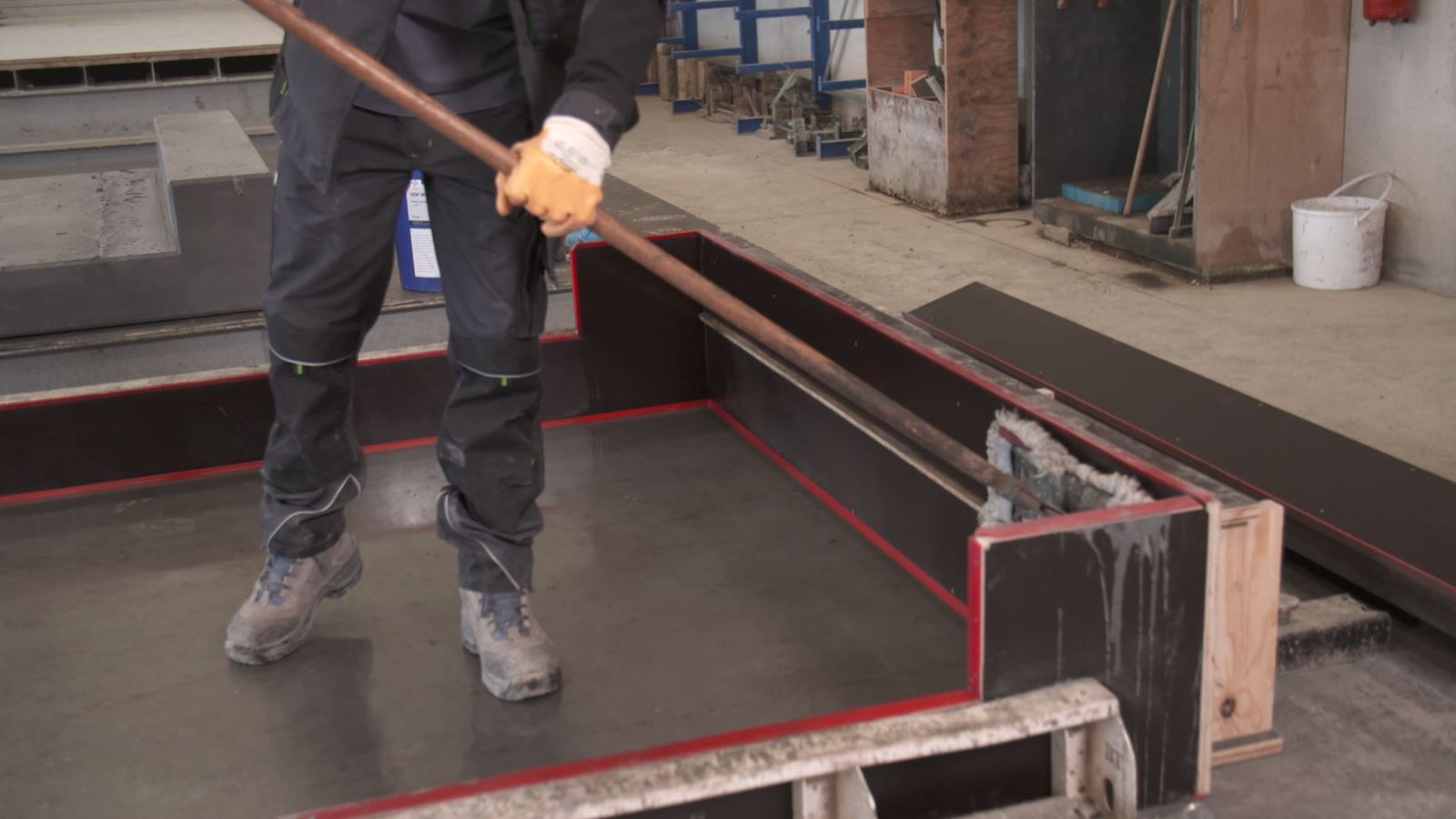
Do you use emulsions? In this case, the formwork is ready for use as soon as the white droplets that the concrete release agent leaves behind are no longer visible.
Tip: The finger test as a simple release agent check
A simple way to determine if the correct amount of release agent has been applied is a finger test. Here you can quickly see whether the formwork needs to be reworked again. If the concrete release agent has been applied correctly, you can save yourself rework and you can start concreting immediately.
Too much release agent application: the surface is wet instead of glossy

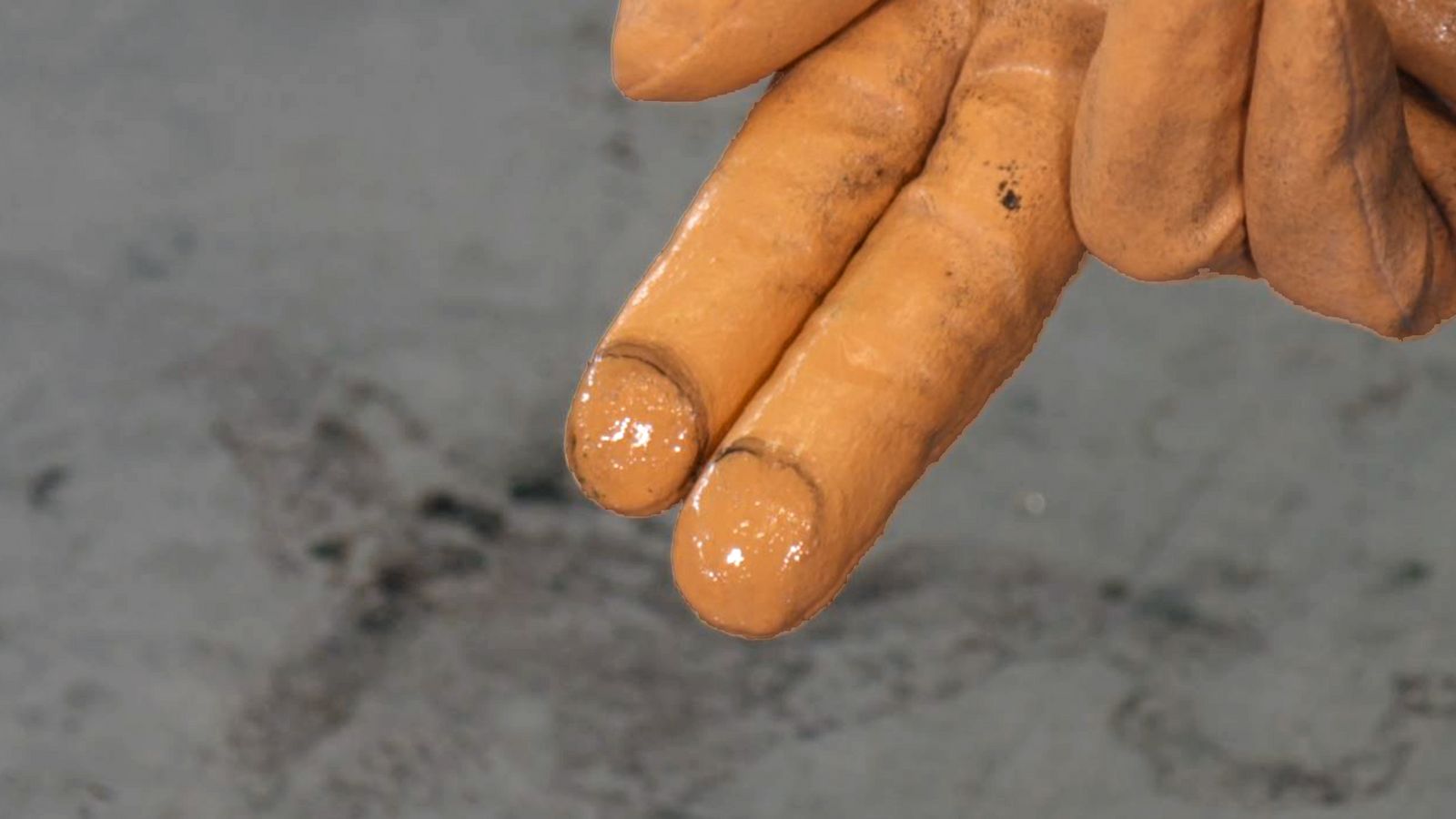
After running your fingers over the surface, traces on the oil film become clearly visible. Wiping should be carried out here in order not to negatively affect the subsequent concrete result.
Ideal: Glossy oil film on the formwork surface
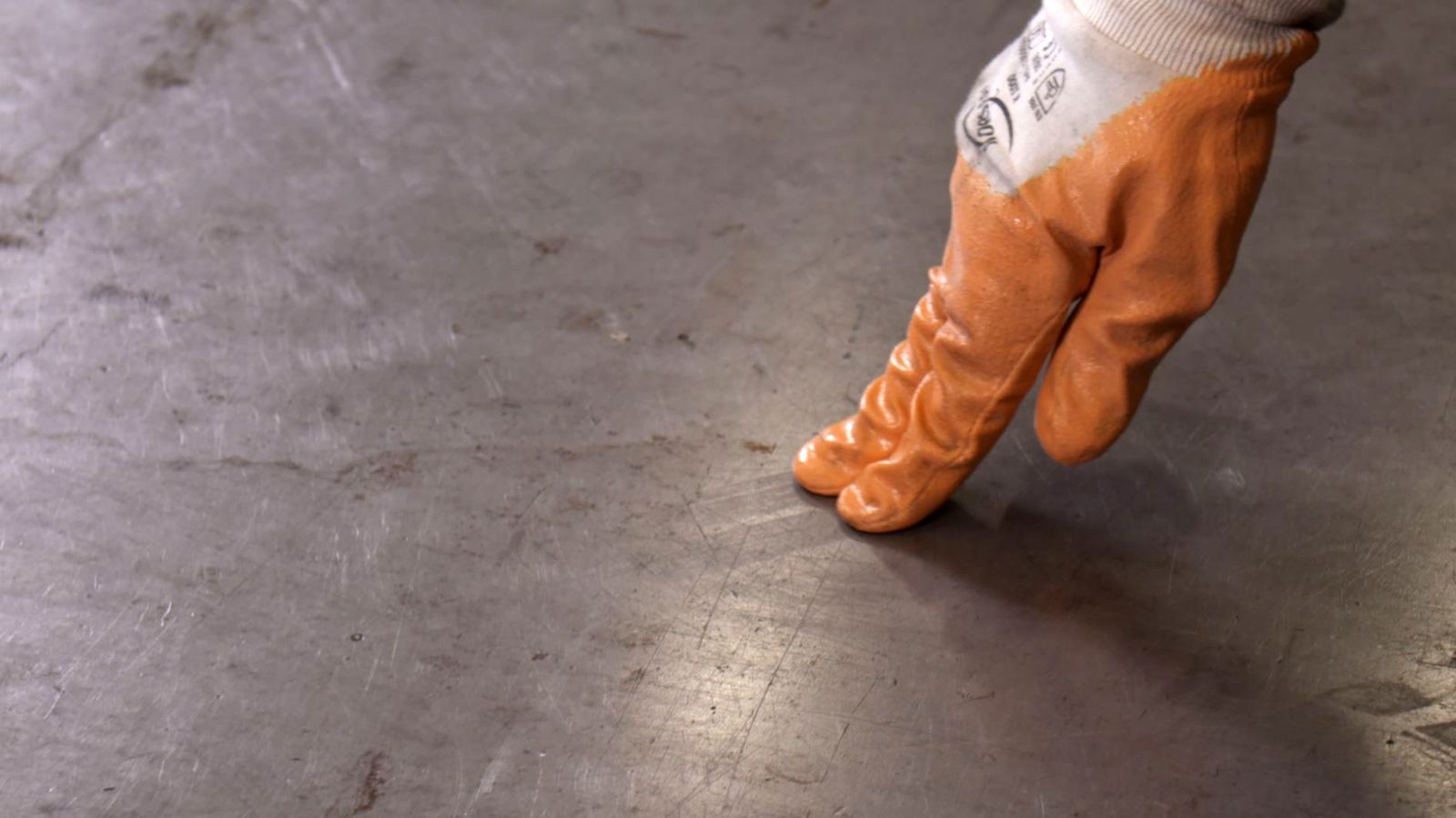
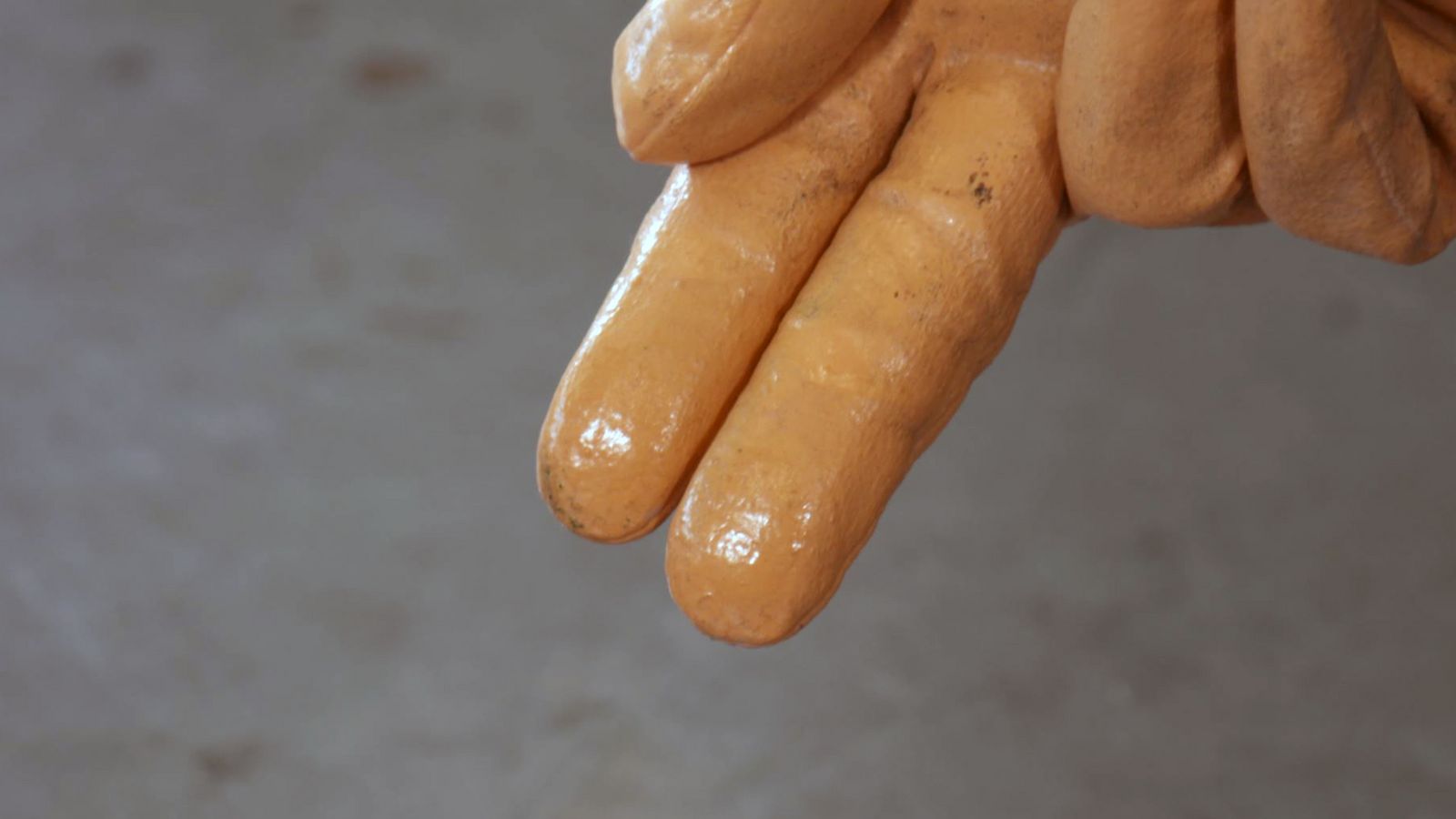
The finger test shows that the surface is neither wet nor significantly damp. The formwork is covered with a glossy film of oil. If the formwork looks like this after application, it does not need to be wiped.
Most important application tips at a glance:
- Use an oil-resistant spraying device with a stainless-steel container and a pressure range of 4 to 6 bar
- Use a flat spray nozzle made of stainless steel (recommendation: TPU800067-SS of Spraying Systems)
- Ensure a thin, uniform release agent film (less is more!)
- No wiping required if the release agent is properly applied
- In case of excess application or nonuniform spray pattern, just wipe it off
- Use a release wax for complex formwork shapes, chamfer strips or recesses




